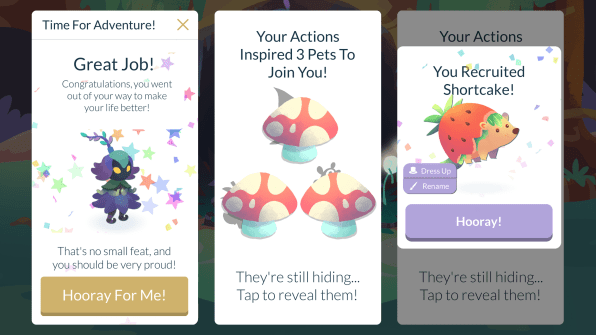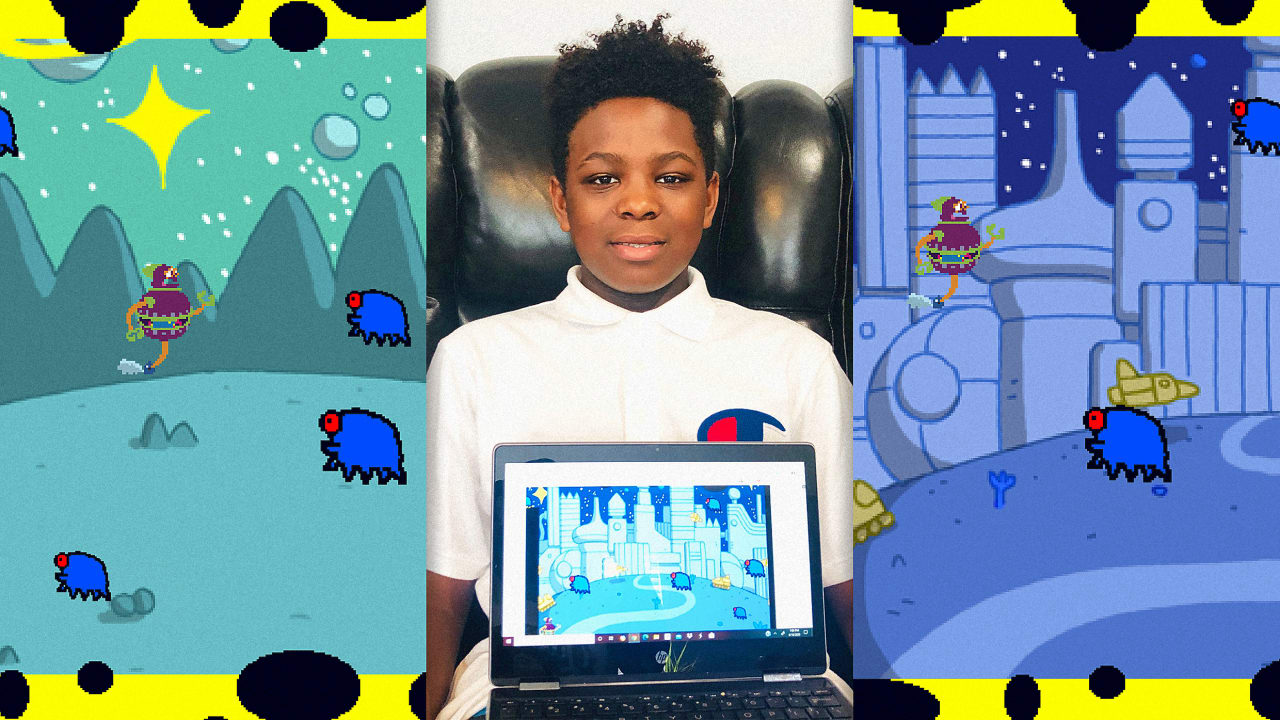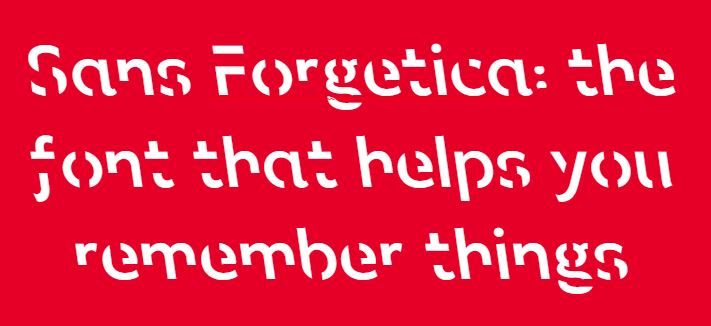I just finished reading one of the greatest books of all-time, The Half-Life of Facts, a fascinating look through the lens of mathematics at how knowledge constantly changes and what we can do to try and stay on top of those changes; something that is especially important in today’s day and age of fake news where staying informed in a politically charged climate isn’t a lifestyle choice, it’s a necessity.
Unfortunately, for most of us we tend to stop learning once we’re done receiving our primary education, either after finishing high school or after completing a Bachelors or Master’s degree. Of course we still “learn” new things throughout life, either through osmosis, our social networks, shows and movies, the occasional book, or nowadays the ever popular podcast method. But we’re not actively studying random facts outside of our chosen professions just for the hell of it like we did when we were in grade school. If we do learn something new as adults it’s highly likely that what we’re learning is going to tie in with what we’re already interested in and conform with our already firmly established worldviews. Taking the time to gather all the relevant facts, to learn both sides of an issue, to stay informed on every issue, just doesn’t happen all that often.
That’s why fake news spreads so easily. Why there is so much political upheaval. Why there are so many Climate Change deniers. Why there are Flat Earthers. We have all become victims of our cognitive biases, refusing to change our worldviews even when presented with compelling new evidence, choosing to believe that which we grew up believing, that which adheres to how we already perceive the world. Our only hope for a better future, a cleaner future, a future with less hate, is to become more open-minded, to become skilled in the art of learning new facts, to get to the point where it becomes second-nature to always learn new things and accept new facts, even paradigm shifting facts that change the way the world works.
In order for that to happen we need to change how we learn. No longer can it be acceptable for people to shut down their minds and coast through life once they are done with their formal schooling. No longer can it be acceptable for people to reside in online filter bubbles that reinforce their personal beliefs. No longer can life-long learning be considered an optional pursuit, something left to academics, nerds, and bored retirees. Instead we need to establish a culture based around continuing education. Based around the constant pursuit of obtaining the latest knowledge, across all walks of life.
As someone who has needed to pass certain licensing exams for their job I’ll be the first to admit that this sounds horrible. The idea of giving up one’s free time to continuously study for and take exams is not an appealing one. But at the same time it may be a necessity of life in the 21st century, a necessity of living in a time where facts are constantly changing at breakneck speeds.
And honestly, it may not be all that bad. I’m not talking about serious, intensive exams on a weekly basis. Perhaps just a few short online quizzes twice a year to make sure that people know what’s going on. Something that can be passed in a manner of minutes after watching a brief online tutorial. Something that would cover the latest Climate news, the latest scientific breakthroughs, a political story or two, the occasional fact changing (Pluto is no longer a planet, dinosaurs had feathers), etc. Just a mix of information to make sure that people know what’s going on in the world, what’s really going on, not just what the latest memes are. What’s the latest with Brexit? What are the current carbon dioxide levels? Is red wine currently good for you or not? What’s the latest crazy thing that Elon Musk said? What’s the latest diet craze all about? In short, what do I realistically need to know to be an educated voter, a functioning member of society, or even just a good parent, spouse, friend, or neighbor.
Best of all such a continuous education program would create a never ending source of jobs – for the people creating the content, to those administering it, to those offering extra-help tutoring sessions, to those enforcing it. In a future where autonomous robots take away all of jobs we’re going to need to think outside the box to create new jobs that only humans can do. An entire cottage industry springing up around continuous education could be one possible solution.
Such a program could even tie into other aspects of society. For instance, if China’s experimental social credit program takes off and people receive reputation scores that follow them then maybe the continuing education program could tie in with those scores. If you have passed the latest tests you’ll have a higher reputation score than someone who hasn’t, indicating that you are more trustworthy since you are more informed. Or perhaps the testing could be incentivized. Those who take and pass the exams would receive better car insurance rates or better credit scores. Or points that they can trade in for airline miles, Amazon.com gift cards, or discounts from their favorite retailers, etc. whatever the case may be.
I’m sure that some people will be opposed to this idea but there is already precedent for it. Financial Advisors and medical professionals are already required to undergo continuing education training. Anyone who works in an office and takes annual cybersecurity or ethics training does the same. When it comes to being a subject matter expert in your chosen profession it’s obviously important to stay on top of the latest news in your field. People’s lives and their livelihoods literally depend on it. Shouldn’t that same logic apply when it’s your life and your livelihood that’s on the line?
All in all, it’s become increasingly clear that we need to think long and hard about thinking long and hard. That we need to be cognizant of the fact that our facts are constantly changing. If we don’t then our society may very well be on the verge of making the plot of Idiocracy come to fruition. A horrible fate that would doom us all. So if we don’t want that to happen we will have to take drastic, society-wide action to ensure that we raise the education level of all citizens, at all times. A continuing education program, that would be a necessary evil in the war against ignorance, may very well be the way to do just that.

Is lifelong learning the Greatest Idea Ever?
Read Full Post »















